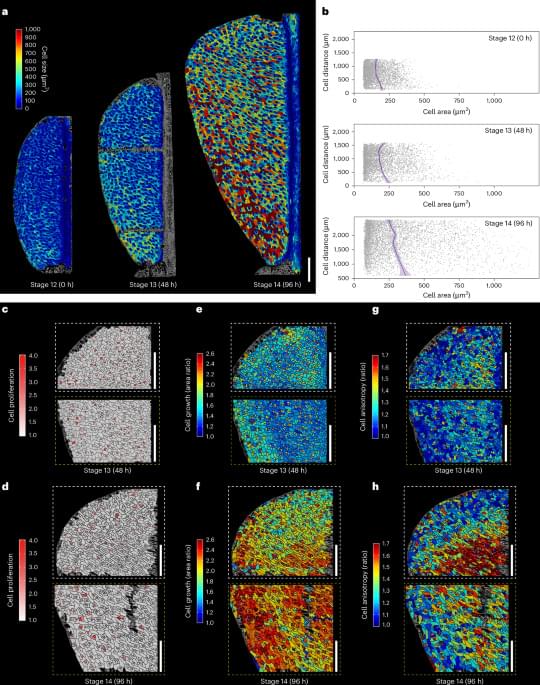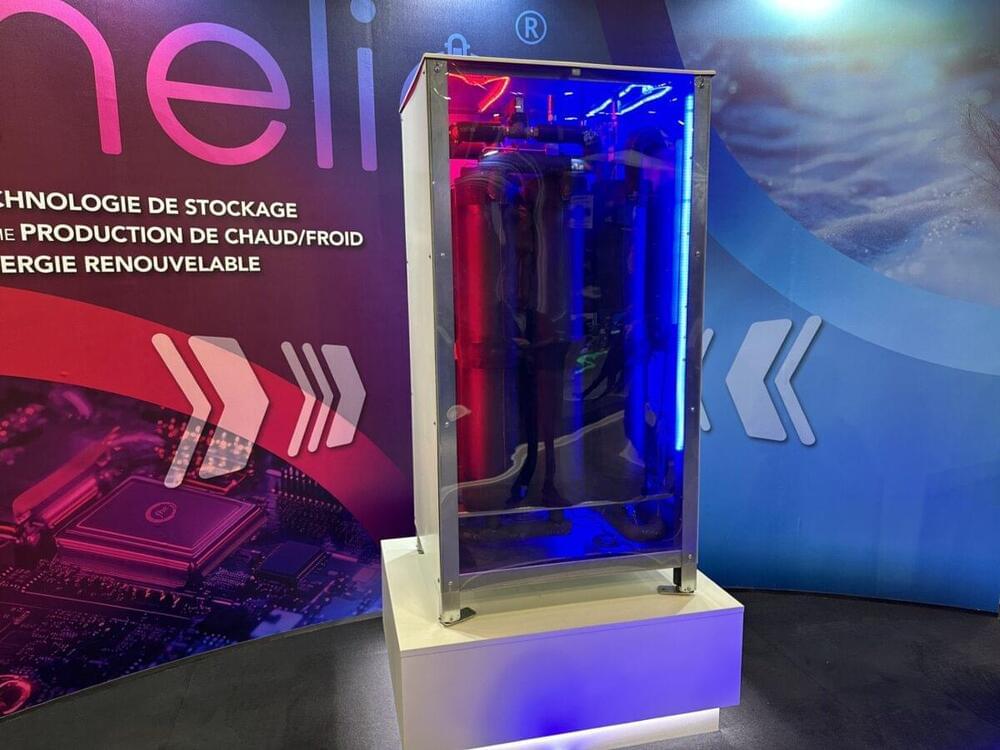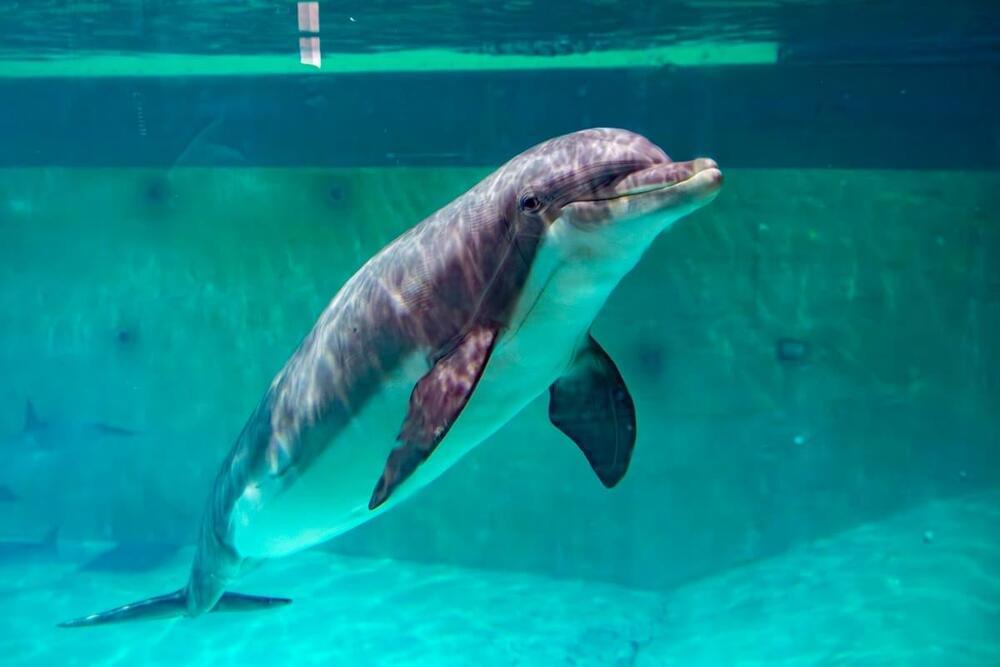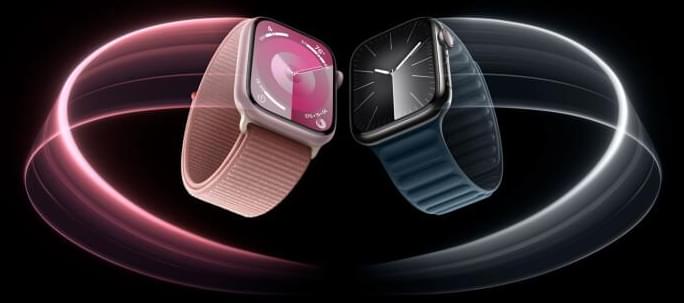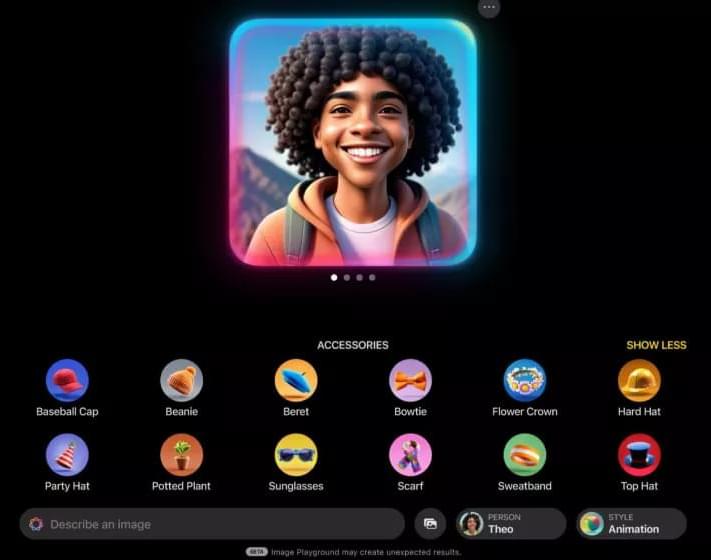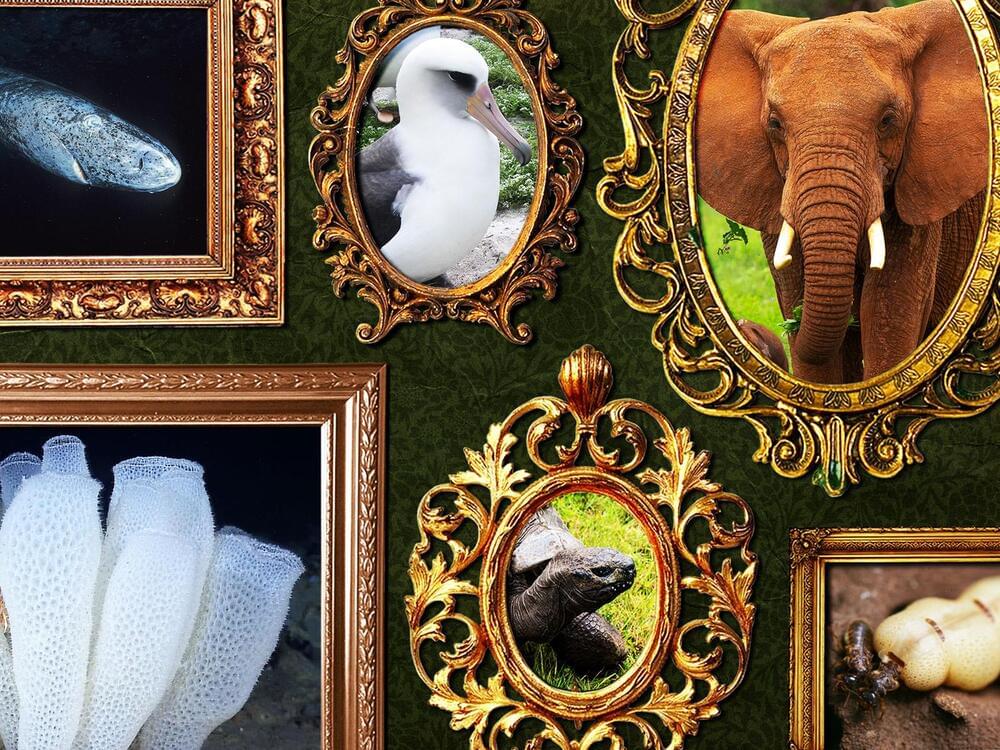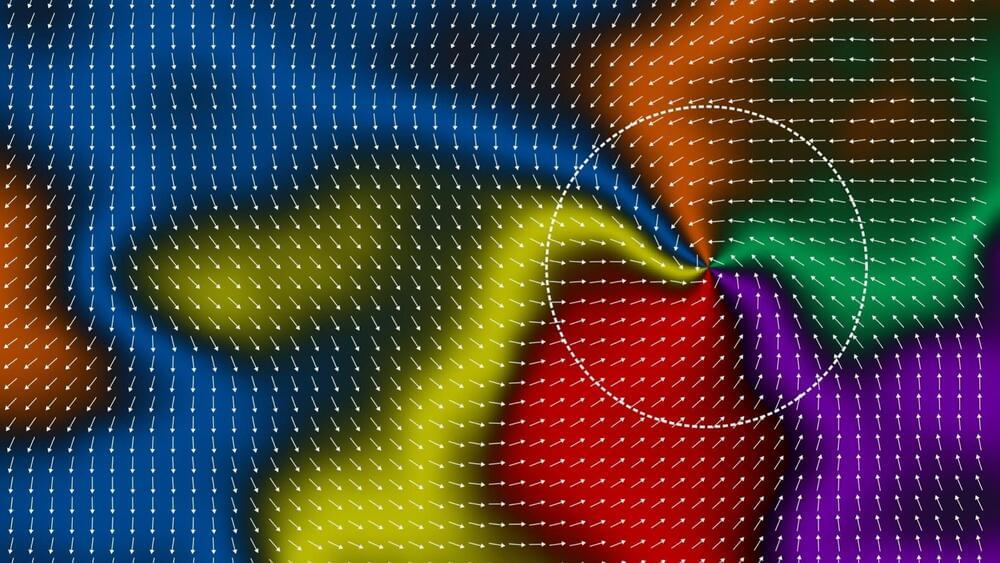This study identifies a molecular mechanism promoting fruit shape variation. Local meristem identity is maintained through autoregulatory activation of the STM gene to allow post-fertilization changes in fruit morphology.
France added an additional 3.5 GW of solar during the first three quarters of this year, compared to 2.3 GW during the same period of 2023. The country’s total installed solar capacity now stands at 23.7 GW, including 22.9 GW in mainland France.
The North American Charging System isn’t just giving people Supercharger access. It’s solving a real problem.
The French company says its Inelio thermal battery can store solar power in the form of heat for heating and cooling applications, as well as for producing domestic hot water, while maximizing self-consumption. It can reportedly provide a hot water temperature of up to 65 C.
Sea mammal expert Dr Julie Oswald, of the University of St Andrews’ Scottish Oceans Institute, created the tool, known as the Real-time Odontocete Call Classification Algorithm (Rocca), using AI.
It can categorise dolphin calls by species and comes in different versions linked to different geographical areas.
There are around 42 species of dolphin and they use hundreds of different sounds to communicate.
The FCC has opened up the entire 6 GHz band for very low-power (VLP) devices and here’s how it will affect your next gadget.
Chondritic meteorites (chondrites) are some of the oldest rocks in our solar system, forming 4.5 billion years ago. Therefore, their primitive composition means that they offer a window into the origins of planet formation, particularly as their major elements (heavier than hydrogen and helium, including oxygen, silicon, magnesium, iron and nickel) closely reflect the sun’s photosphere composition.
Melting and clumped accumulation (accretion) of dust particles at high temperatures (up to 2,000 Kelvin [~1,727 °C]) in the protoplanetary disk formed crystallized silicate spheres known as chondrules, which further joined together to produce asteroids, the remnants of planetary genesis.
There are two main types, believed to have formed in the inner and outer solar system respectively: ordinary chondrites are composed of up to 90% chondrules, while carbonaceous chondrites have only 20–50% chondrules within a background matrix.
Apple launched its long-awaited ChatGPT-Siri integration in the latest iOS 18.2, iPadOS 18.2, and macOS Sequoia 15.2 update today. The feature kicks in when you ask Siri something complex that Apple’s built-in AI can’t fully handle.
Aging gracefully comes naturally to these creatures, which can live for hundreds, and sometimes even thousands, of years.
‘Altermagnetism’ discovery could deliver ‘thousand-fold increase’ in memory and speed of computing components.
